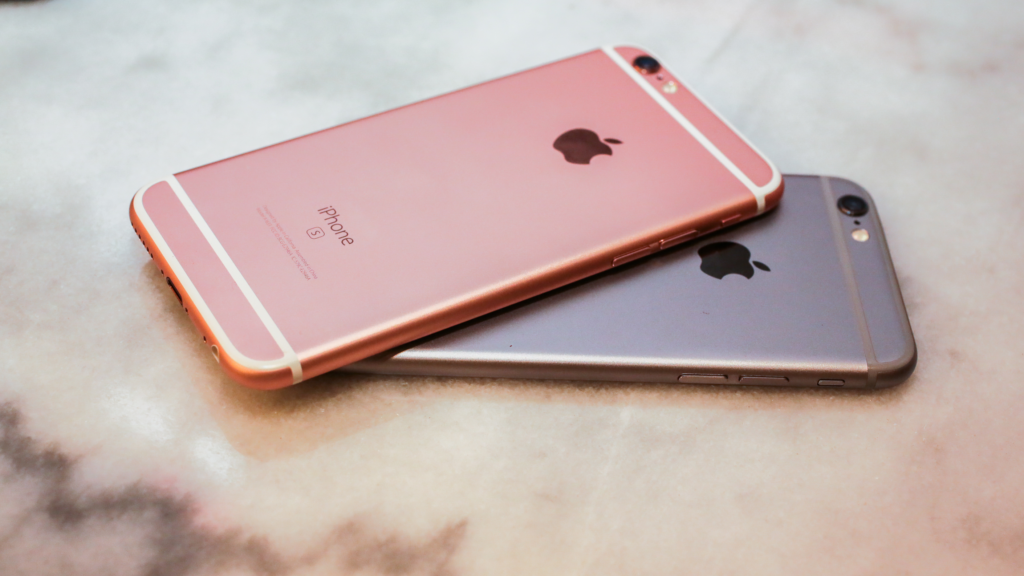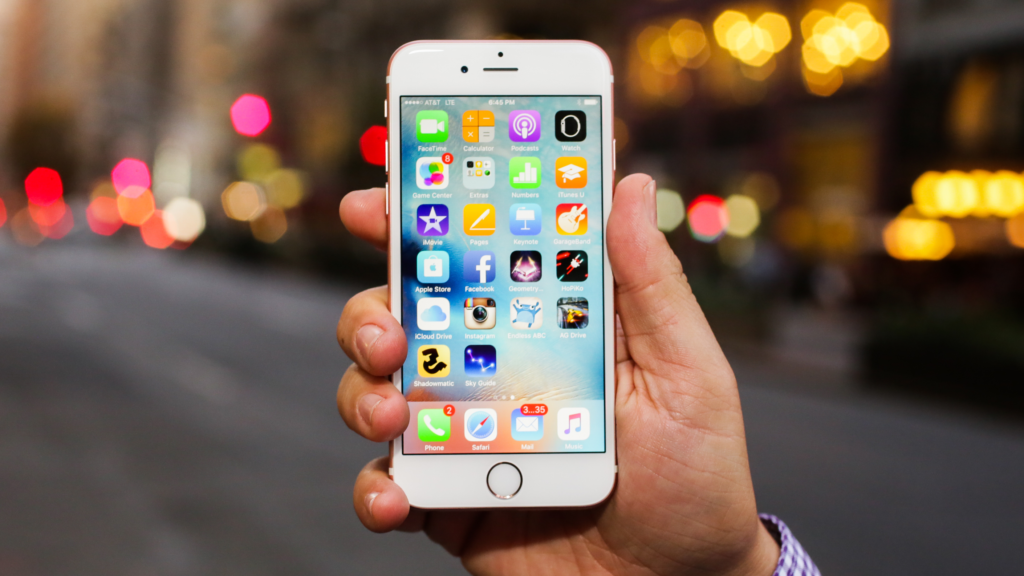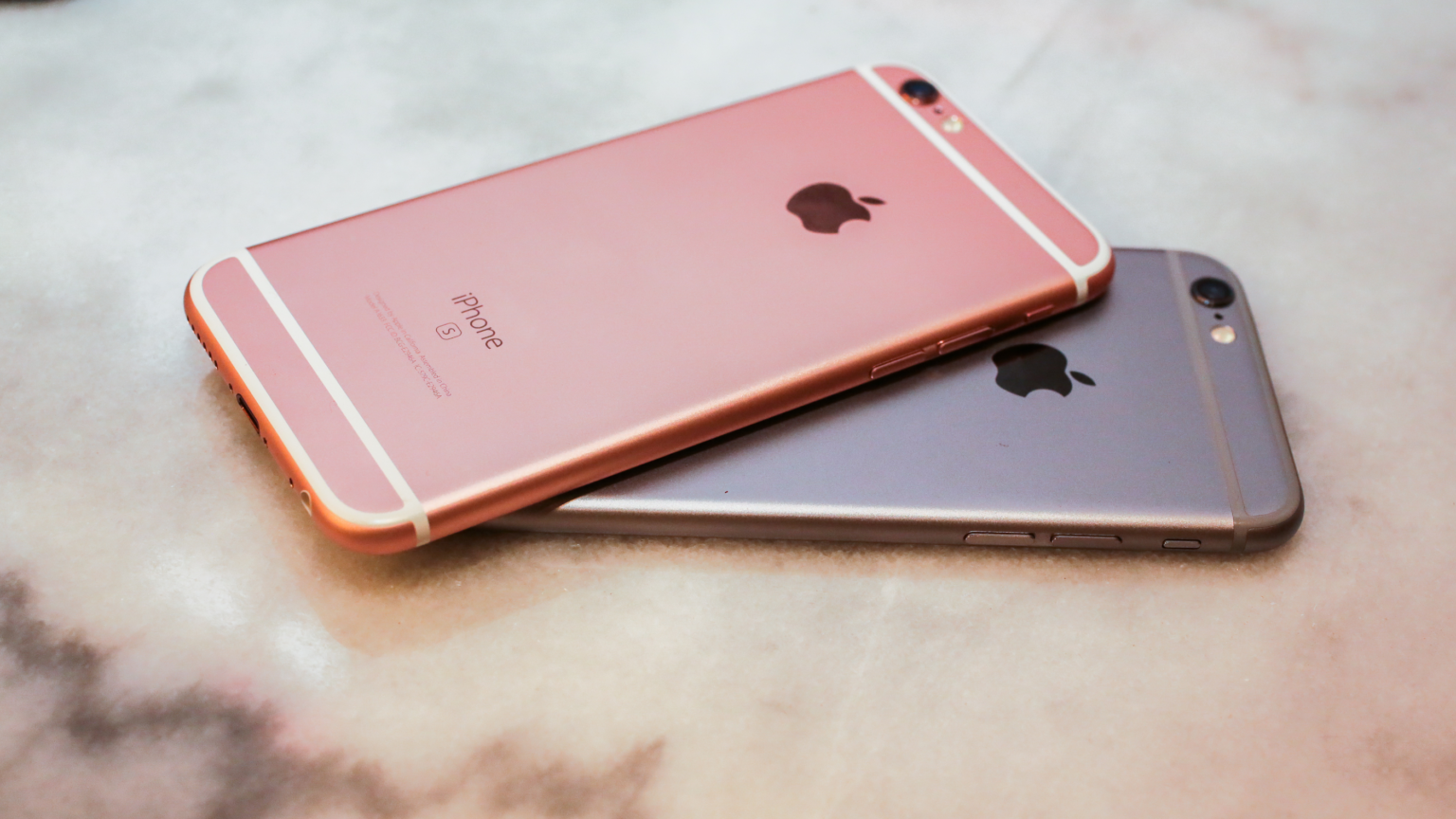As Apple introduced the iPhone 6s in 2015, the world was on the cusp of a revolution in technology that would soon shake the smartphone universe. When the iPhone 6s was released, it was not just another upgrade, but a quiet revolution that should be making people think about how they use technology day to day.
Why was the iPhone 6s so great? It was not so much a phone as a statement. A marriage of hardware and software, and of design, that would come together to form an eventual experience for mobile devices that would define their future. When Apple set out to push boundaries, it made the iPhone 6s with precision and foresight, laying out a decade of technical leaps in mobile.
Why the iPhone 6s Was a Game-Changer
At the iPhone 6s launch, we could see that Apple was not simply reacting to the marketplace demand. But the iPhone 6s was visionary not in the form of a copycat, but visionary in the sense that it was a leading product. From the first time we showed people 3D Touch, through to the way it allowed new ways to work with apps or that incredible camera system, we brought innovations that had resonance on a very deep level with users.
Apple’s decision to go with a 12-megapixel camera and 4K video recording was not just a huge thing in smartphone photography, it was hugely accessible and very professional. These innovations ran deep, making the iPhone 6s such that it could compete with DSLR cameras of that time. This was a world of taking a snapshot, an art form, with technology squeezing the limits of what could fit into this small device.

How the iPhone 6s Reshaped User Experience
3D Touch was one of the most iconic features of the iPhone 6s, representing a new layer of interaction between the user and the phone. Users could press deeper onto the screen, using that as a way for them to do different things. For that, Apple gave people a new way to use their phones, a considerably more intuitive and sophisticated way of navigating phones that Android products had not quite caught up to.
In fact, the iPhone 6s was more truly set apart by Apple’s uncompromising devotion to best user experience than hardware. It has been about simplicity for the iPhone: soft tech that disappears into a person’s world of print and everyday things. This philosophy was epitomized by the iPhone 6s, which engineered a way to create something that felt good (almost as though it was an extension of the hand).
Where the iPhone 6s Stands Today
The iPhone 6s remains relevant to this day in today’s quick adapting yet old-fashioned device that limits our dependence on the mundane. Even years beyond that, it still runs like a champ and stays relevant, thanks to Apple’s support of its continued software. Why does this happen? The iPhone 6s is built to last. Powered by its A9 chip and robust design, it was powerful enough to handle just about any task you threw at it without slowing down (even some newer models).
At last check, the iPhone 6s still works fine for 4G LTE and is fully capable of handling everyday stuff like browsing, streaming, and even sending out a text. So my question is, is a newer phone really worth that much more than the average user would gain? The iPhone 6s is more than enough for basic tasks according to many.
Why Users Still Love the iPhone 6s
The latest gadgets draw a curse on some, but the iPhone 6s remains a fan favorite. But the compact 4.7-inch display still feels comfortable to hold and easy to use, despite the design. The aluminum body feels premium, a far cry from glass-heavy designs found in today’s models. Somehow, holding an iPhone 6s is so inherently satisfying; it was satisfying nostalgically, but in a way that allows it to work in a modern world.
Then there is also the issue of affordability. The iPhone 6s has become a gateway into the Apple ecosystem without breaking the bank for many of us. With low cost and outstanding performance, a budget-conscious consumer will find this a pragmatic choice.
How the iPhone 6s Fits in the Larger Apple Narrative
A turning point on the examination of Apple’s product path is in the iPhone 6s. That was the last iPhone with a headphone jack, the end of an era. But while we were waiting to walk down the aisle, the 6s is like a bridge to the future, connecting the early days of the iPhone revolution to what’s to come in the world of wireless.
Apple we know today, is under the thumb of the consumer and the craze about screen size and battery life (is far removed from the Apple of old, under Steve Jobs’ helm). It was in that period of transition that the iPhone 6s was being born (trying to satisfy the demands of new technology without sacrificing what made Apple, well, Apple).

Will the iPhone 6s Continue to Hold Its Value?
Moving forward, we can safely say that even today, the iPhone 6S stands tall for those who love performance, simplicity, and reliability. Its 5G connectivity is absent, as Face ID is, but it makes up for that with unflinching reliability. Where does that leave us? In a crowded smartphone market that continues to punch above its weight. For users wanting to get some extra mileage out of the iPhone, the 6s is a great device. There are still replacement parts, cases plural, and third-party repair options to make sure an underperforming battery or cracked screen are easy to fix. And this continued support system resuscitates the iPhone 6s, making it a desirable commodity for years to come.





